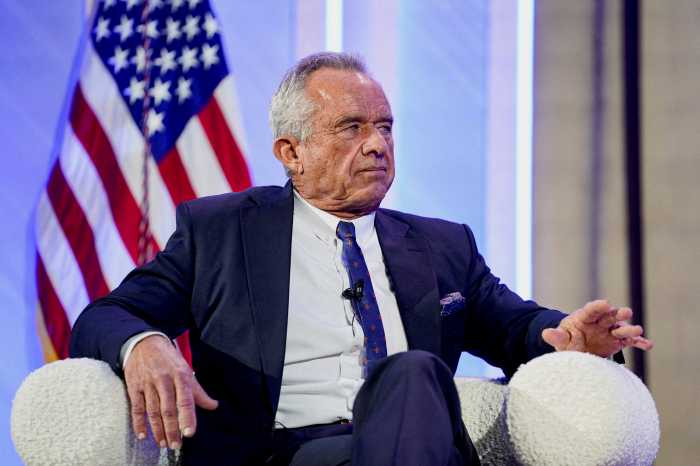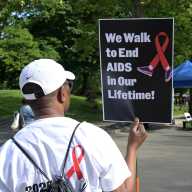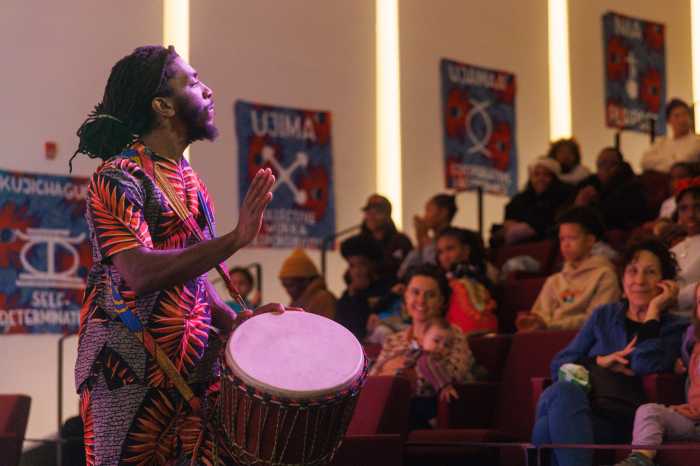A new report by the Trevor Project, a non-profit suicide prevention organization, sheds light on the first part of a longitudinal study into the mental health of more than 1,600 LGBTQ youth between the ages of 13 and 24 across the US.
The research, which involved a total of 1,689 individuals who participated at various points between September 2023 and March 2025, sought to gain insight into how risk and protective factors, such as family support and access to both mental healthcare and gender-affirming care, impact the mental health of LGBTQ youth over time.
The study found that in the first year of data collection, the share of respondents who reported anxiety symptoms rose from 57% to 68%, while depressive symptoms increased from 48% to 54% and suicidal ideation went up to 47% from 41%. Trans, non-binary, and gender-questioning participants between the ages of 13 and 17 had the worst mental health outcomes and the greatest risk for suicide, according to the report.
Furthermore, participants also reported elevated levels of minority stress associated with their sexual orientation or gender identity. One-third of participants said at the beginning of the study and again at the one-year mark that they experienced physical harassment or threats due to their sexual orientation, while two-fifths of trans or non-binary individuals reported similar experiences based on their gender identity.
The report also found that conversion therapy — the debunked practice of trying to change an individual’s sexual orientation or gender identity — remains prevalent, which is a timely issue because the Supreme Court is currently weighing a case that could have major implications for the future of conversion therapy laws. The report found that threats of conversion therapy increased from 11% to 22% after one year, while exposure to it rose from 9% to 15%.
The study also offered insight into the differences between support for LGBTQ individuals at home and at school. LGBTQ youth reported improvements in support at school over time, increasing from 53% at the beginning of the study to 58% a year later. However, only 51% reported affirmation at home both at the beginning and at the one-year mark of the study.
The study also showed sharp increases in the percentage of LGBTQ youth who reach out for support during suicidal crises. The percentage of LGBTQ youth who sought help from a mental health professional during suicidal crises went from 32% to 64% in one year. Similarly, the percentage of LGBTQ youth who sought support from friends increased from 45% to 73%. Still, one in five LGBTQ youth did not seek help from anyone during suicidal crises.
“This report provides one of the first, and only, national-scale portraits of LGBTQ+ youth mental health in the U.S. that follows the same young people over time, rather than offering a one-time snapshot of their experiences,” Dr. Ronita Nath, vice president of research at The Trevor Project, said in a written statement. “By linking repeated measures of risk and protection to later anxiety, depression, and suicidal ideation, the study moves beyond prevalence to demonstrate which experiences precede changes in health. The size and diversity of this cohort of participants strengthens the relevance of our findings, and longitudinal evidence like this is essential for informing interventions that effectively support and improve mental health outcomes among LGBTQ+ youth.”
Further waves of the study will likely be released in the future. Learn more about the report at The Trevor Project’s website.



































